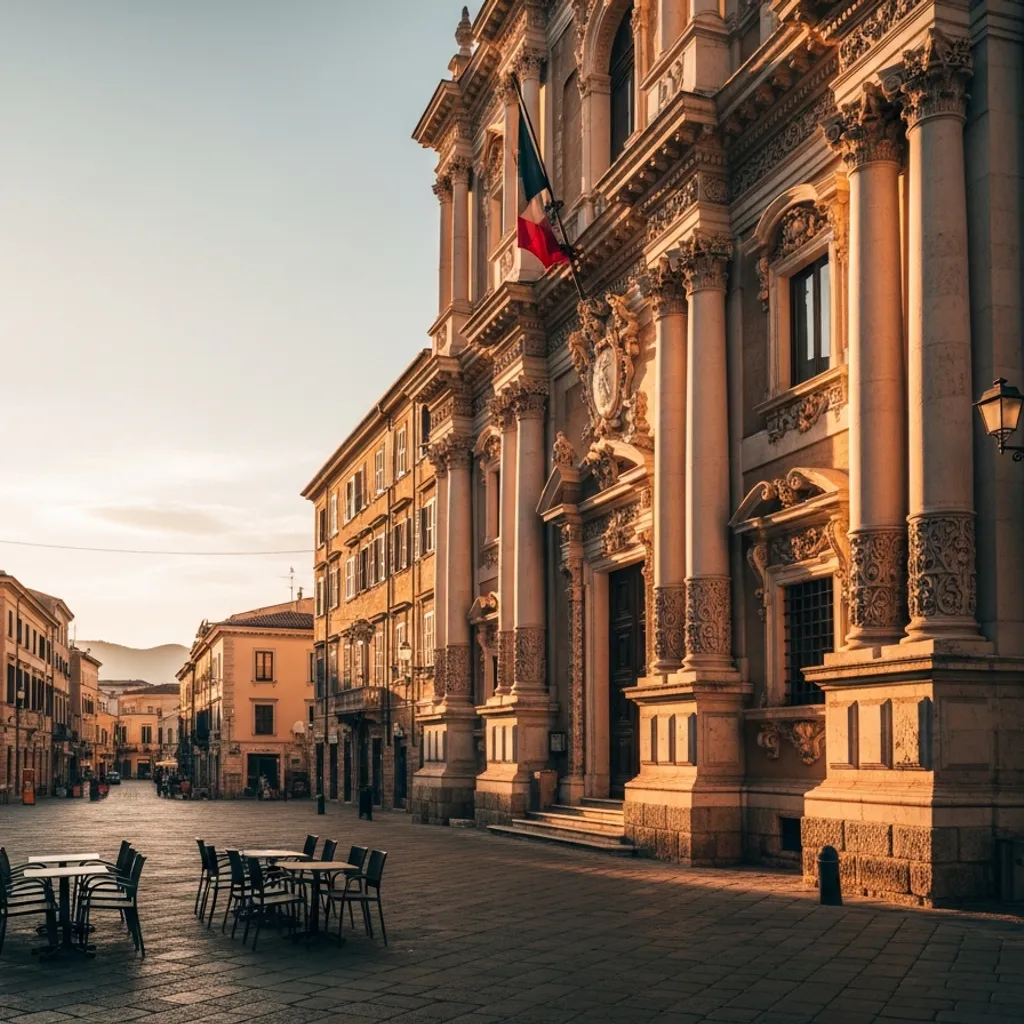Sassari city: Northern Sardinia's compact cultural charm
Visit Sassari city for a compact, confident taste of northern Sardinia: enduring architecture, lively markets, and genuine local food. The city rewards walking, with shady boulevards, medieval lanes, and neoclassical squares that reveal the island’s layered history at every turn. Museums and churches provide clear context, while cafés and trattorie focus on seasonal produce and coastal flavours. Local artisans keep traditions visible in markets and small workshops, so shopping becomes a discovery of craft and taste rather than typical souvenirs. Easy to navigate, Sassari pairs short walks between sights with frequent regional connections by road and rail, making it an excellent base for day trips. Stay two to four nights to absorb the pace, sample the cuisine, and use the city as a calm base for exploring the surrounding coastline and countryside.
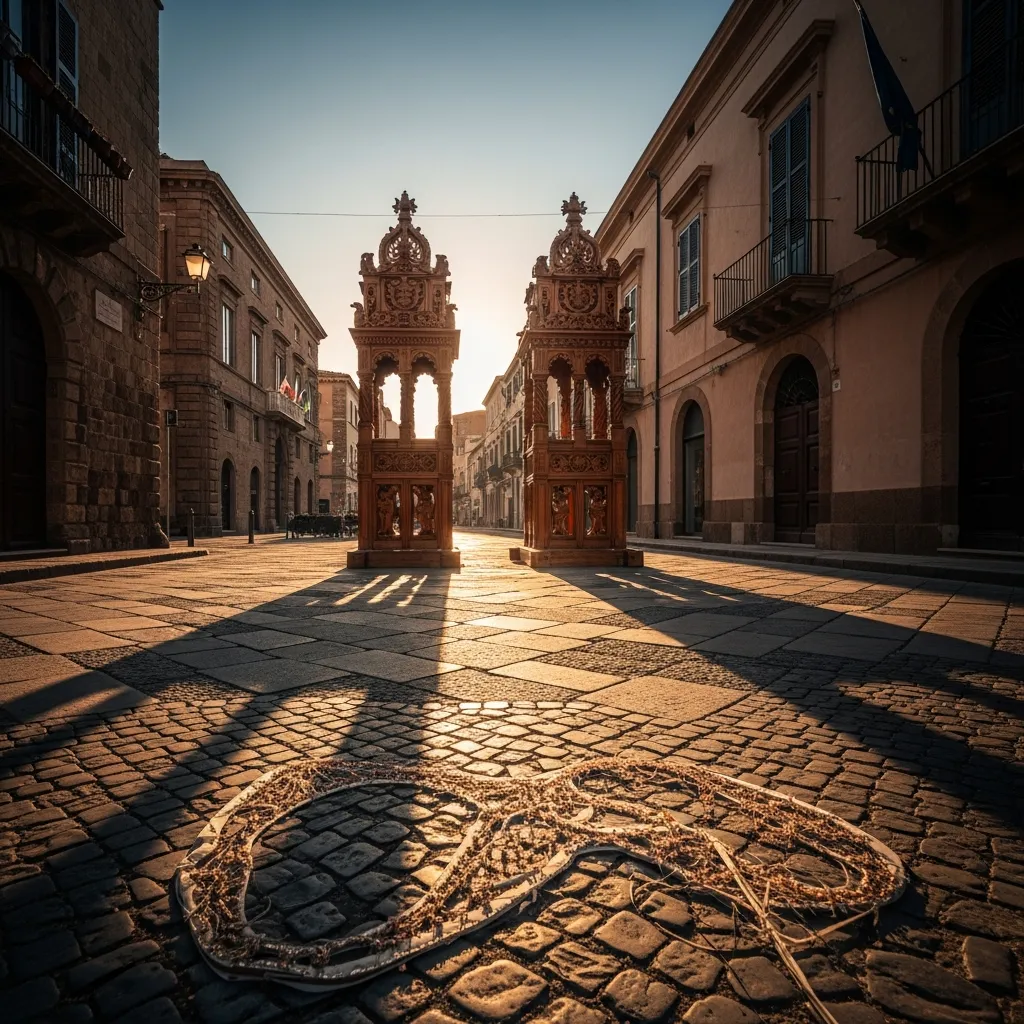
Sassari’s Faradda di li Candareri, the dancing procession on 14 August, has been inscribed on UNESCO’s Representative List of the Intangible Cultural Heritage of Humanity since 2013.
Churches, Museums and Heritage
Start with the city’s layered past, where sacred spaces and civic collections sit close together and reward a focused walk. Drop into Cattedrale di San Nicola to see architecture spanning centuries, then absorb the ornate interior of Church of Saint Mary of Bethlem . Nearby, the displays and reliquaries at Museo Diocesano give context to those churches, while local stories and rotating exhibits at Museo della Città make for an efficient cultural primer. For archaeology and immersive reconstructions, the interactive displays at Padiglione Tavolara bring ancient Sardinia to life.
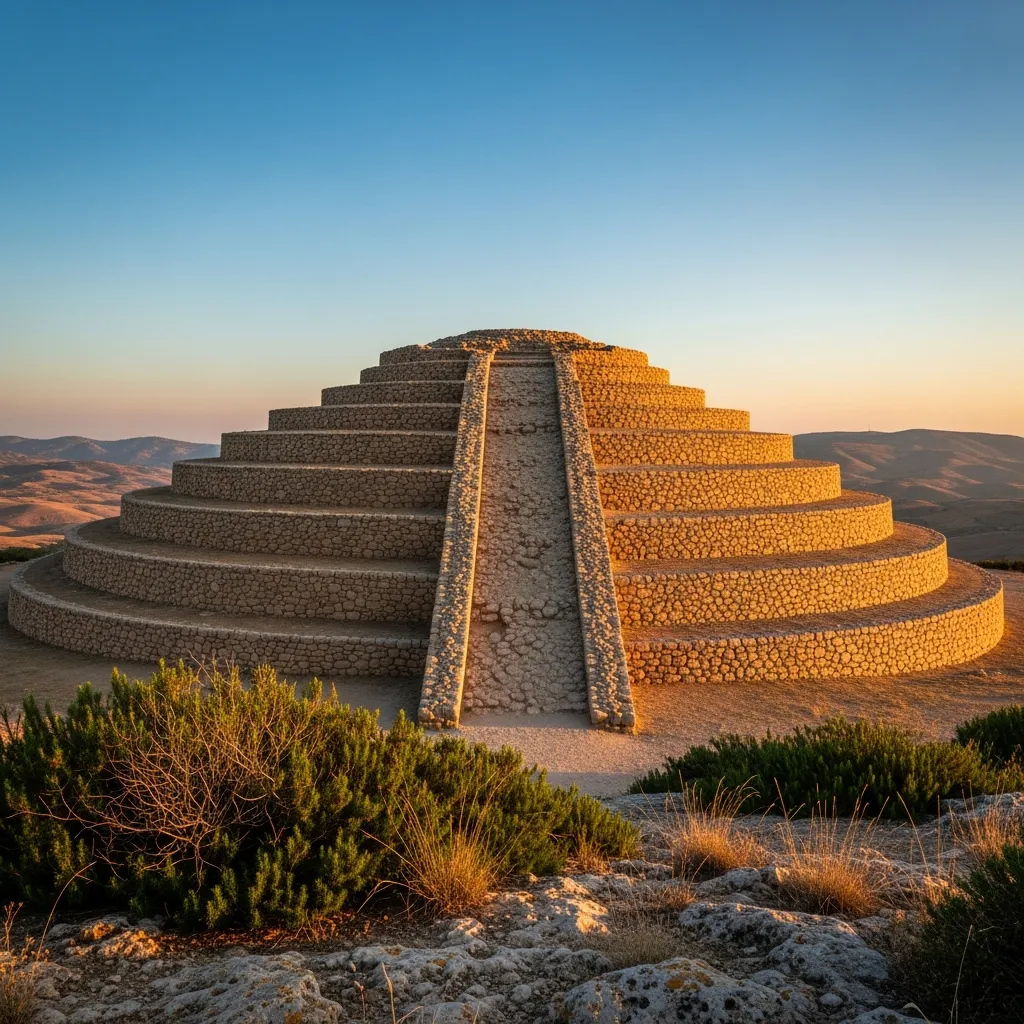
Monte d’Accoddi, a pre‑Nuragic stepped altar just outside the city, was built between 3500 and 2900 BCE and is climbed by a 42 metre ramp to a terrace about 10 metres high.
Palaces and Art Galleries
For curated interiors and framed moments, plan visits that move from grand civic rooms to intimate galleries. The stately rooms and guided tours at Ducal Palace reveal civic life and rotating exhibitions, while contemporary exhibitions and regional collections at Mus’a - Museo Sassari Arte, Pinacoteca al Canopoleno invite lingering reflection. Two locations titled National Picture Gallery of Sassari offer different floors and themes, each rewarding a slow circuit through paintings and period rooms. Together these sites make an efficient art route, balanced between grand architecture and focused displays.
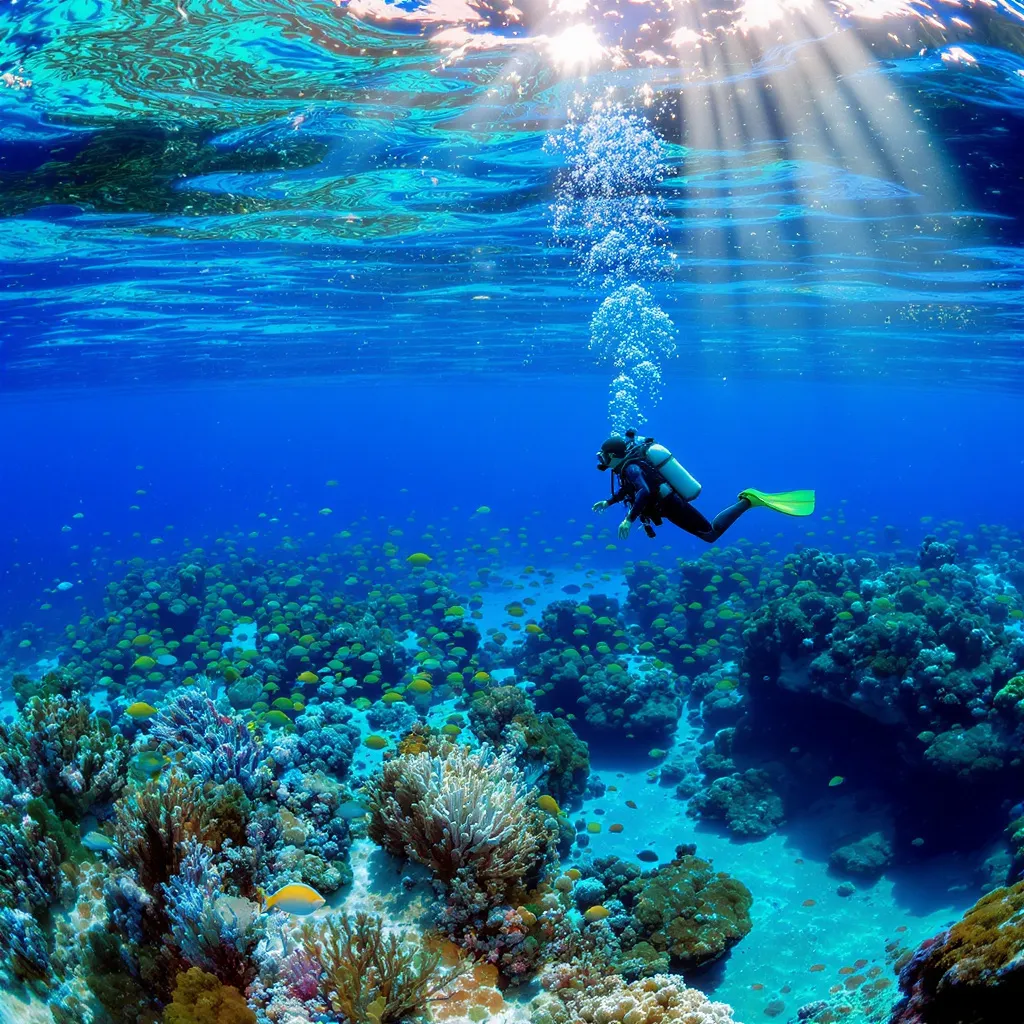
The waters around Asinara National Park form a Marine Protected Area established by ministerial decree on 13 August 2002, with strict zoning that limits access in the most sensitive zones.
Markets, Food Shops and Tours
Practical stops and local flavour sit side by side, useful whether you are stocking a kitchen or sampling delicacies on the move. Pick up essentials at Eurospin or choose regional specialities and made-to-order sandwiches at Mangatia Market . For a curated selection of cheese, charcuterie and friendly service visit Viro Market , and discover smaller finds at Dream’ S Touch mini market . When you want a deeper local perspective, book an immersive experience with Motus Travel In Sardinia Di Dedo Srl , then finish a long day with cocktails at Black Market Di Azzu Costanzo .
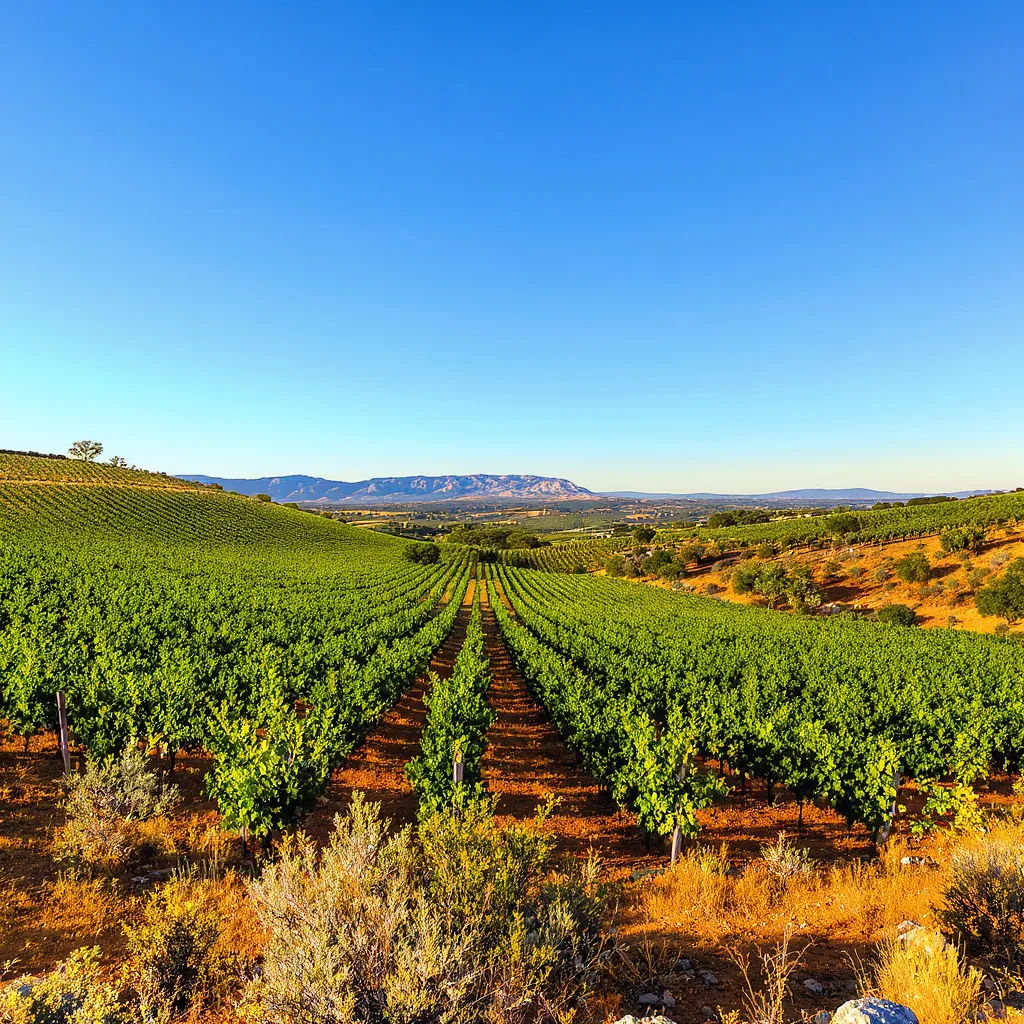
Vermentino di Gallura became a DOCG by ministerial decree on 11 September 1996, formally recognising the appellation at Italy’s highest quality level.

